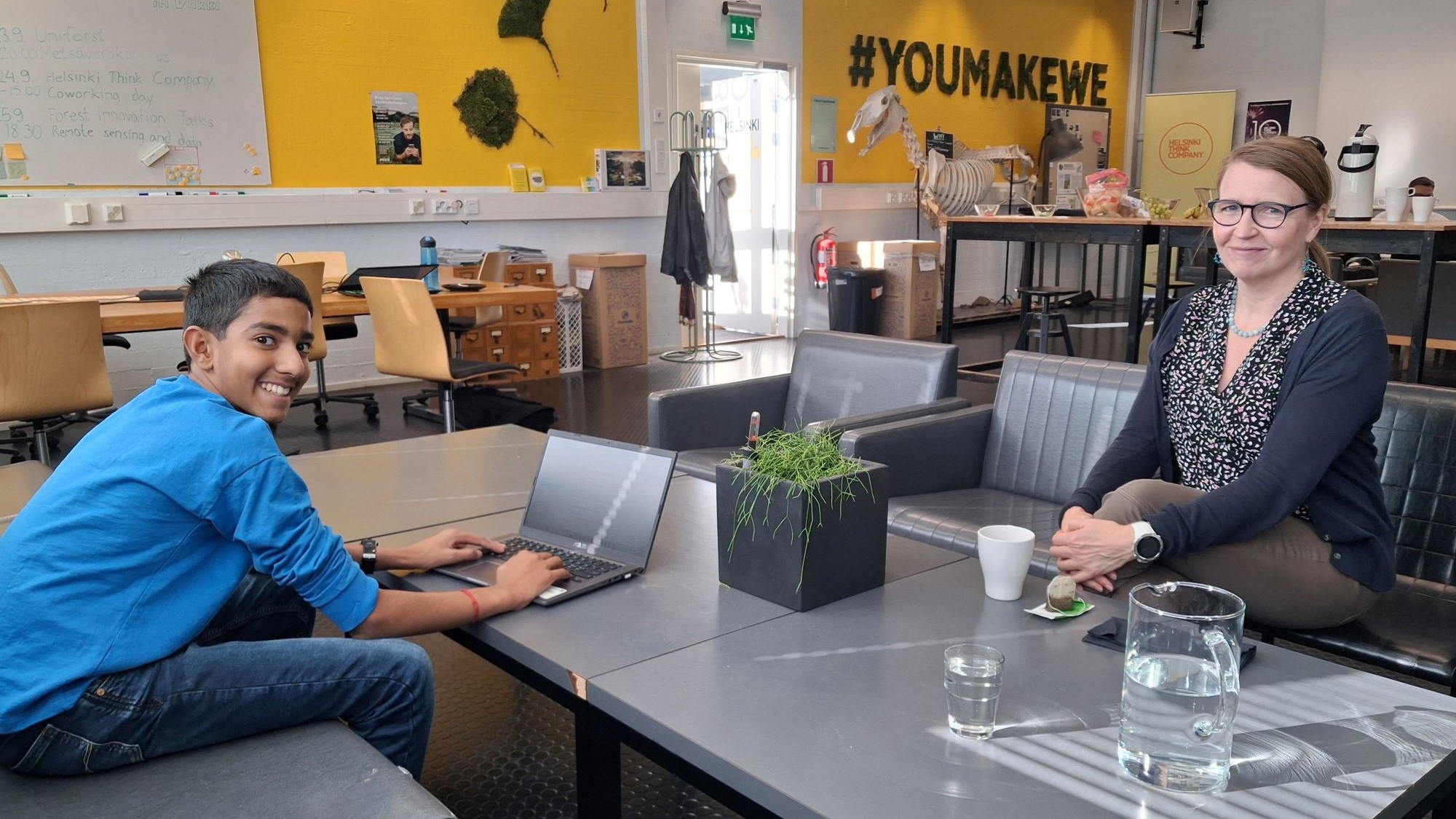Understanding the Broad Field of Neurodiversity
Preparing products for a neurodivergentcustomer base requires an understanding of the term. Neurodiversity is broad because it highlights the mind’s inherent complexity regarding neurodevelopmental conditions. People with attention-deficit hyperactivity disorder (ADHD), autism spectrum disorder (ASD), dyscalculia, dyslexia and other conditions fall under the complex definition.
Someone with dyslexia will need different UX features in an e-reader than someone with ASD. Their primary concern will be how the text appears, while someone with ASD might prefer lighting adjustments to avoid excessive visual stimulation. Pinpointing the neurodevelopmental conditions most relevant to a digital product’s audience is the first step in making UX designs more accessible.
Benefits of Inclusive UX Designs
Improving UX design workflows with inclusive standards could improve each audience’s digital experiences in numerous ways. Learning more about those benefits could motivate teams to invest in researching and developing more diverse UX products.
People Gain More Learning Opportunities
Learning new skills is challenging for anyone.When someone has a neurodevelopmental condition and lacks any supportive virtual tools, they may fall behind regardless of how hard they try. Neurodiverse UX design would give people of all ages better access to education because the features meet each student where they are.
Experts found that 6.1 million kids in the U.S. have an ADHD diagnosis. If their classrooms had neurodiverse UX programs, they might learn reading comprehension skills more easily. Text-to-speech and assignments without autoplay videos are two alternatives that could reduce their distractions, especially during longer reading sessions.
Products Debut to Wider Audiences
Every development team wants its product to become successful. Making it appealing to a broader consumer base can do that. Embracing neurodiversity within UX products automatically expands that company’s audience by including more potential users. If marketing efforts are successful around the launch date, the production team could see greater revenue streams because people appreciate their devotion to equal user access.
Companies Remain in Legal Compliance
The Web Content Accessibility Guidelines (WCAG) are an international set of guidelines that determine whether a website or virtual platform is accessible to diverse audiences. Adding neurodiversity features to a product's UX design standards automatically aligns it with more WCAG standards.
Ways to Add Neurodiverse Features to Digital Platforms
Figuring out the best ways to make a website or virtual product more accessible does not have to feel challenging. Development teams can strategize the best steps to embrace neurodiversity without complicating their projects.
Schedule Diverse User Testing
If the team working on a digital product lacks neurodiverse individuals, they may lack crucial feedback that will inform their design decisions. Experts should also note that one person’s diagnosis does not make them the ultimate advocate for everyone with varying neurodevelopmental conditions.
UX designers can streamline their efforts with user testing. If they schedule testing specifically with neurodivergent individuals, they can get feedback on each person’s experiences, challenges and suggestions. Teams will avoid generalized assumptions during development, making their product more useful for their consumer base.
Create Layout Customization Options
Visual adjustments help people with numerous conditions. Users might prefer changing color hues, saturation intensity, font styles and size for any on-screen text. Light mode and dark mode options are similarly beneficial. They could help people focus better or avoid overstimulation.
Establish Screen-Time Countdowns
When someone starts using a digital program for school or work, they may lose track of time. Research from the Annals of Medicine & Surgery notes that too much screen time can increase ASD symptoms due to the prolonged social isolation. On-screen timers counting down a user’s activities according to their preferred limits could improve their comfort level. They can determine how much time they want to spend on the program and avoid intensifying their symptoms with better accuracy.
Reduce Animations or Motions
On-screen motions can cause discomfort to people who deal with visual overstimulation. They might overwhelm their brain or add to the user’s stimulation from prior visual experiences during the day. UX Design with limited animations or settings that turn off motions, like transition effects, could improve a person’s platform experience.
Connect Alternative Formats
Programs with large chunks of text may benefit from video and audio alternatives. Numerous neurodevelopmental conditions make reading big blocks of text challenging. If someone can convert the text to audio or listen to a video with the same information, they could engage with the program better. User testing is an excellent way to narrow down which choice is more convenient within specific products.
Transform the World of UX Design
UX designers or young people interested in joining the field can create more room for neurodivergent consumers with updated design standards. Refining workflows, user testing and feature flexibility could make future platforms more accessible without overhauling current UX processes.





.png)
.png)
























%20(1)-min.jpg)





























.png)


















.jpg)













